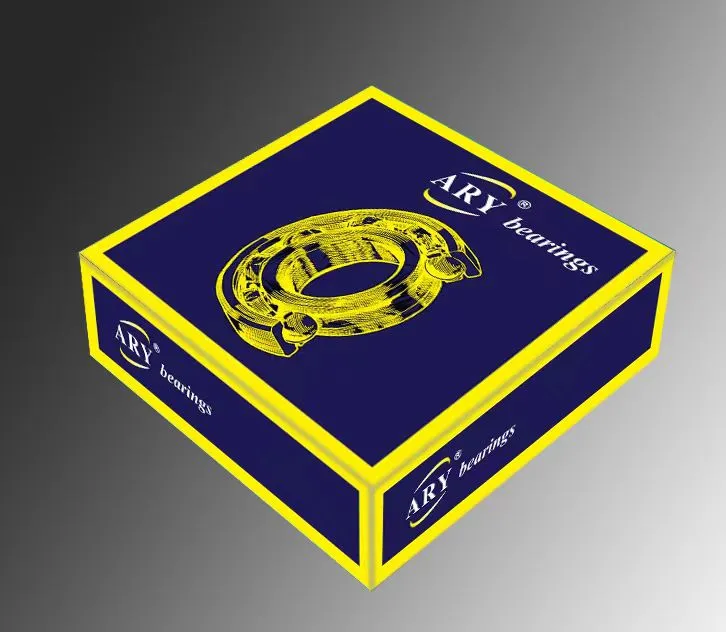
Nov . 05, 2024 12:30 Back to list
angular contact
Exploring Angular Contact Bearings A Comprehensive Overview
Angular contact bearings are a vital component in various mechanical systems, offering unique features that make them suitable for specific applications. These bearings are designed to accommodate both radial and axial loads, making them essential in scenarios where space constraints and load handling capabilities are critical.
One of the primary characteristics of angular contact bearings is their ability to support axial loads in one direction. The contact angle, which typically ranges from 15 to 40 degrees, influences how these bearings handle loads. A larger contact angle enables the bearing to support higher axial loads. This property is particularly beneficial in applications such as motors, gearboxes, and automotive systems where thrust loads are prevalent.
Manufactured from high-quality materials like chrome steel, angular contact bearings are engineered to withstand significant wear and tear, ensuring longevity and reliability. The precision of these bearings is paramount; typically, they are produced to tolerances that ensure smooth operation and minimal vibration, which is crucial for high-speed applications.
Another advantage of angular contact bearings is their modular design. They can be stacked in pairs or groups to handle loads from multiple directions, providing increased flexibility in design configurations. This stacking ability allows engineers and designers to customize the bearing arrangements according to specific load requirements, which is particularly useful in applications like robots and CNC machines.
angular contact

The installation of angular contact bearings requires careful alignment and precision. Misalignment can lead to premature failure and increased wear, undermining the efficiency of the entire system. Therefore, maintenance practices should prioritize regular inspections and adjustments to ensure that these bearings function optimally.
Angular contact bearings also come in different types, including single-row, double-row, and even customizable combinations. Single-row angular contact bearings are commonly used for applications with axial loads in one direction. In contrast, double-row angular contact bearings can support larger loads and offer improved rigidity. This makes them suitable for heavy machinery and equipment where stability is crucial.
In terms of lubrication, angular contact bearings often utilize grease or oil to minimize friction and heat generation. The choice of lubricant and maintenance schedules can significantly affect bearing performance and lifespan. For instance, in high-speed applications, it may be necessary to use specialized lubricants that can withstand extreme temperatures and pressures.
Finally, as industries continue to evolve, the demand for angular contact bearings has increased. Innovations in material science and manufacturing techniques have led to the development of high-performance bearings that can operate under demanding conditions. This growth is evident in sectors such as aerospace, automotive, and industrial machinery.
In conclusion, angular contact bearings play an indispensable role in modern engineering and technology. Their ability to handle complex load scenarios, combined with their adaptability and robust construction, positions them as a preferred choice in many applications. As technology advances, these bearings will likely continue to evolve, further enhancing their performance and efficiency in various industries. Proper selection, installation, and maintenance of angular contact bearings are essential for maximizing their benefits and ensuring the reliability and longevity of the systems they support.
Latest news
-
Grooved Ball Bearing Design and Functionality
NewsJun.04,2025
-
Concrete Mixer Bearing Load Capacity Testing
NewsJun.04,2025
-
6004 Bearing Dimensions in Robotic Joint Designs
NewsJun.04,2025
-
Advantages of Single-Row Deep Groove Ball Bearings
NewsJun.04,2025
-
Applications of Deep Groove Ball Bearings in Automotive Systems
NewsJun.04,2025
-
Innovations in Bearing Pressing Machine Design
NewsJun.04,2025
